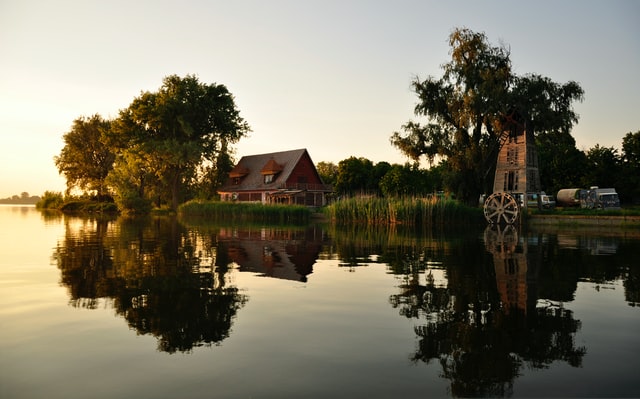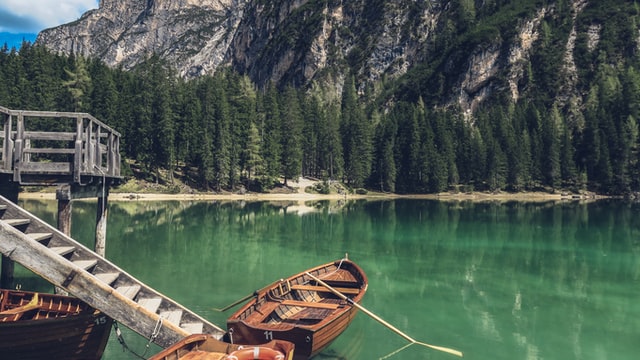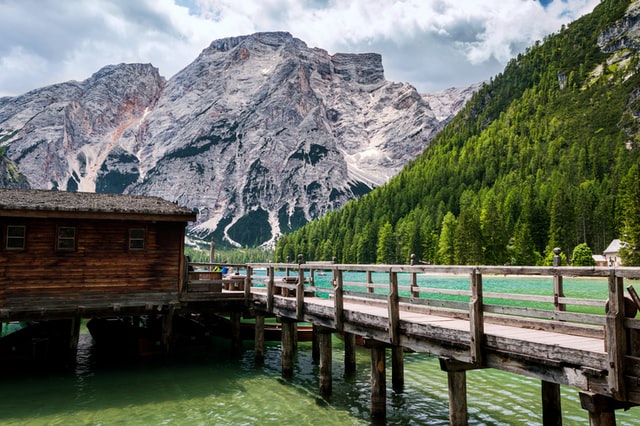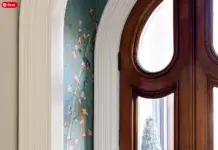Lakefront properties are often sought-after for their beauty and location. Retirees, individuals, and even families who want a picturesque atmosphere desire to have a lakefront house that’s well maintained for the best value. Having a dock close to the lake adds to the appeal and functionality of nature beside your home.
Whether you’re a seller or a current owner of lakefront property, here are some things you might want to consider.

Depth of the water
One of the main things you have to keep in mind when building lakeside property additions is the water depth. Some lakes are quite shallow close to the land, so it is easier to put down the foundation. However, some lakes can be quite steep and rocky, so putting a foundation may be more challenging. This applies to docks which are mostly stationary.
It is also important to consider if water rises or falls dramatically during rainy seasons. Some lakes have intermittent water levels, so it is best to always be above the projected depth for all seasons. If this is not calculated correctly, there is a risk that the installment will sink and get damaged with the overflowing water levels.

Variations of docks
As mentioned, there are two main kinds of docks:
- Stationary docks: Stationary docks are ones that are placed through a concrete or wooden foundation. This arrangement is permanent but sturdy and can withstand the test of changing seasons.
- Floating docks: This other variation is more flexible and can be removed and installed as needed. Floating docks are often used as a station for rowboats, motorboats, jet skis, and other lake vehicles.
The choice between these two is determined by your needs within the lake property. If the lakeside will be used for viewing, fishing, and other multi-person capacities, it is best to get the stationary kind. If it will be used to transport people into vehicles, the floating variation may be a better option.
Materials used
Although lake water is not notoriously corrosive to building materials, it is also crucial to consider the quality of wood, aluminum, or concrete that will be used for docks.
If you want a permanent installment, it is ideal to use treated wood. Pressure-treated wood is great because it is resistant to moisture, weathering elements, and is toxin-free. When inquiring about dock-installment companies, ask about treated wood and the quality of other materials.
Fast-setting concrete is also great for docks, so water will not affect the composition of the materials once it is put in place. For stationary docks, it is best to choose the best quality of materials to avoid maintenance costs.

Design and functionality
Going above the basics, the next thing to think about is the design and function of your lakefront addition. Some people want the beauty of docks with lighting. It adds a romantic touch to the portion of the property and increases the value of the home.
Others would want docks for anchoring their boats, canoes, and other water vehicles. Some people like having a built-in bench for lounging during the sunset. These things should be mentioned to your contractor and be specific about the design and function, so you can discuss the specifics.
Some design aspects can also include:
- Shape: Docks have varied shapes as well. Others can be straight, L-shape, and other custom options. Modern docking shapes provide more access points to water vehicles, giving the area great functionality.
- Coverings: Some docks also have coverings for protection from natural elements. Others can be designed like a lounging area, like a water patio for people to enjoy. Others have coverings only specific for boats parked in the area.
- Extensions: Aside from the shape, another aspect of dock design is its ‘branches’ or extension. Some docks have the main branch attached to the land, which other sub-branches are created as landing ports for water vehicles.
Having a complex design can hike the price of the dock, but a simpler one will have a modest price. It all depends on your budget and needs.
Scope of future use
Something that’s often overlooked when building lakefront docks is the scope of use in the present as well as in the future. It can be easy to think of the here and now without consideration of other uses in the future.
For example, you can place add-ons such as elevations, railings, and step-cases if there will be young children in the future. If the lakefront property is commercial in nature, then it will be ideal to make the docks aesthetically pleasing. Understanding the possibilities of function in the future will help in the longevity of your lakefront docks.

Building Docks? It Pays To Be Meticulous
Dock-building can be a tedious task, and it is easy to land into the pitfalls of making hasty decisions. With these considerations in mind, you can create high-quality lakefront docks for your property with the best value for your money. Thanks to Decks Docks for contributing
























